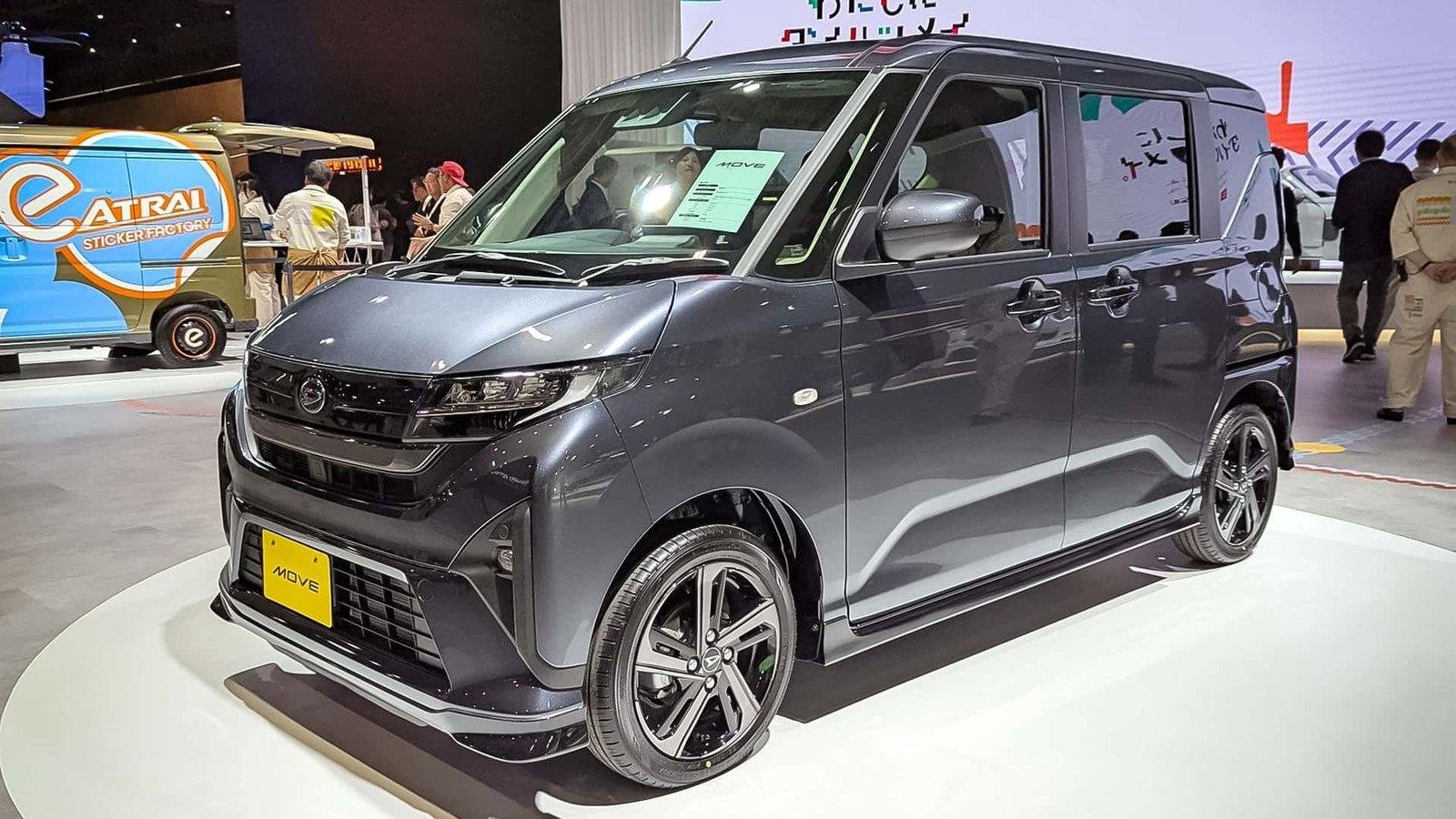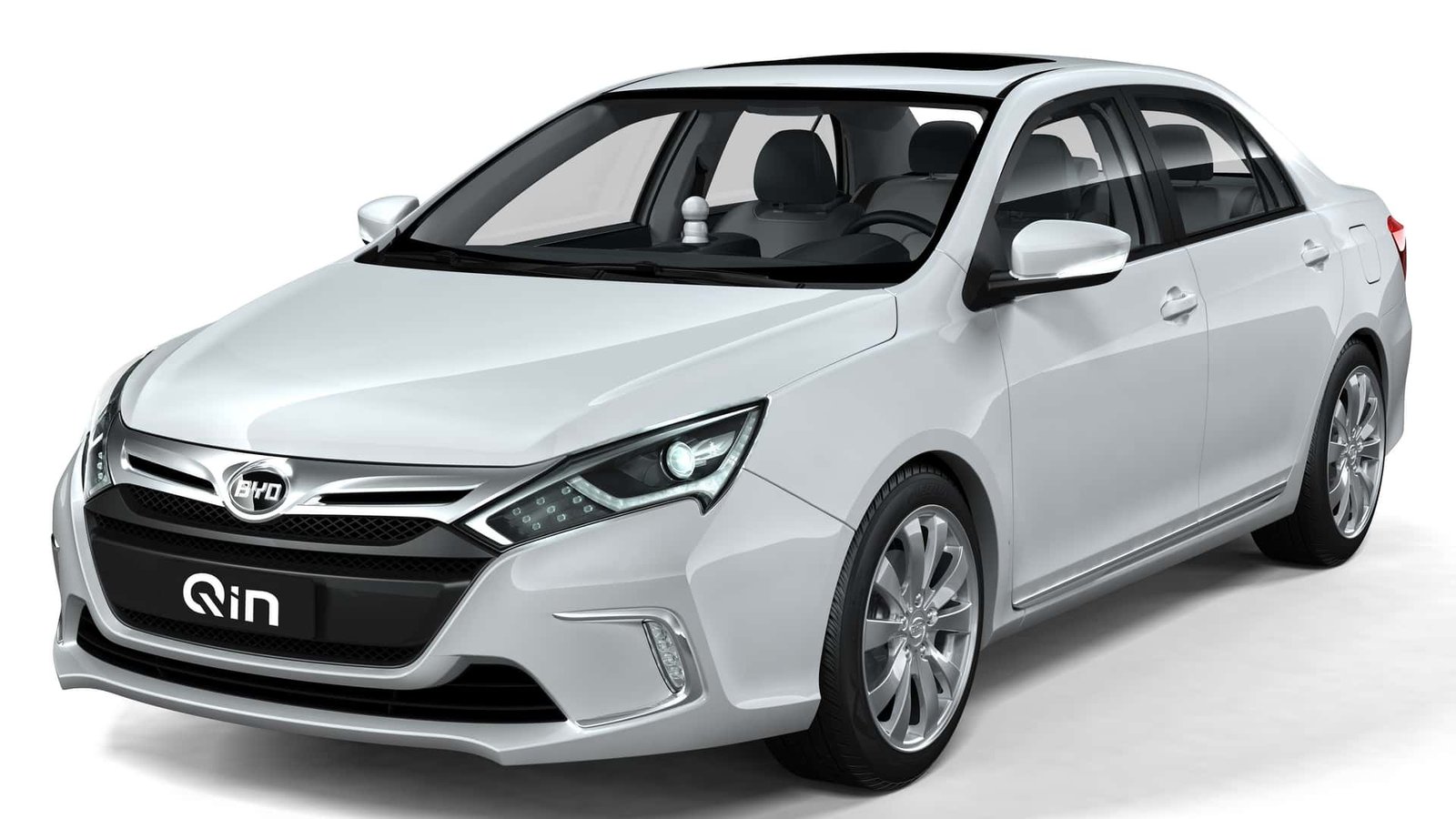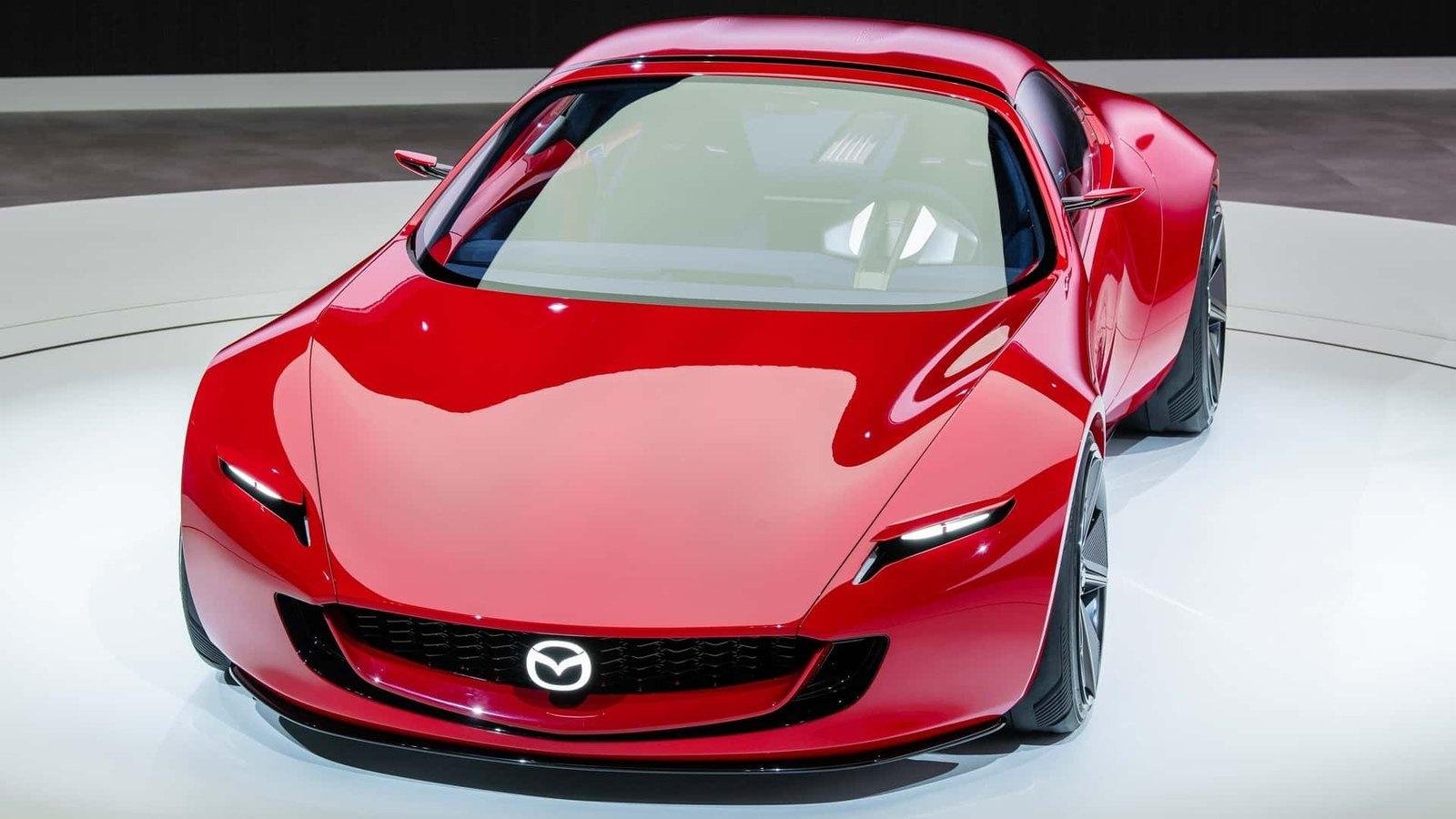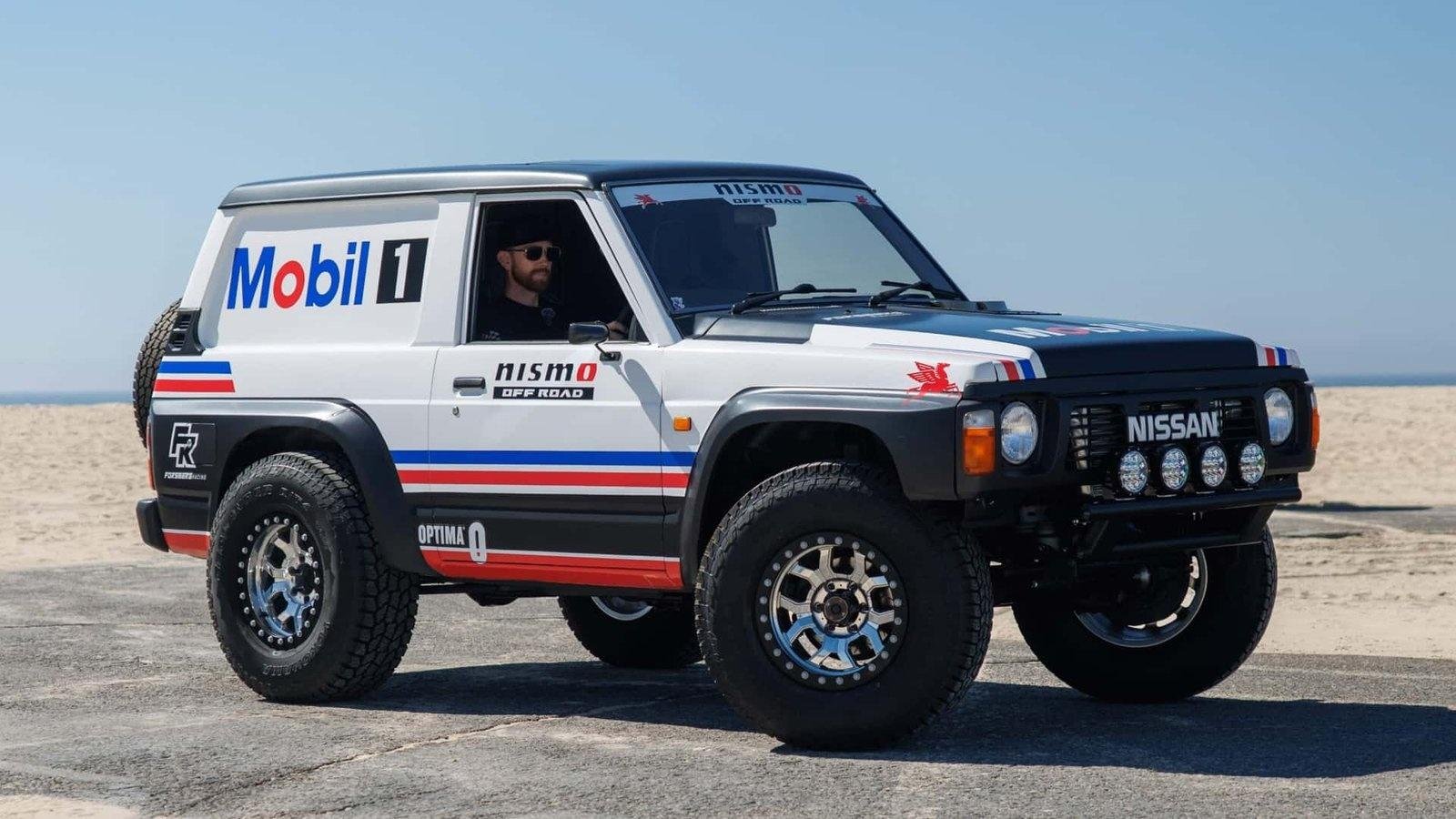Introduction
Anyone who has ever been to Japan knows them: small, narrow, but tall cars. These so-called “Kei Cars” are ubiquitous in the country. In Japan, kei cars are one of the most popular vehicle classes, especially in rural prefectures. There they are often exempt from the obligation to provide proof of their own parking space – an advantage that further promotes their spread. In many villages the streets are so narrow that they can practically only be used by kei cars.
But the small format is of course also an advantage in big cities, especially since almost every kei car is delivered with an automatic transmission. Another peculiarity of Japan: roadside parking is almost non-existent there. Parking bays or similar are also rare.
Government Benefits with the car
In addition, the Kei Car offers government benefits, such as vehicle taxes, toll fees and parking costs, as well as the overall lower purchase and maintenance costs. All of these factors contribute to Kei cars being in high demand. In 2020, they accounted for around 40 percent of all cars registered in Japan.
Total new vehicle registrations in Japan decreased by 7.5% to 4,421,494 vehicles in 2024 (January to December), compared to 4,779,086 vehicles sold in 2023. This figure includes passenger cars, microcars, commercial vehicles, micro-commercial vehicles and buses.
Daihatsu: small car experts in crisis
The Japanese car market was shaken by the Daihatsu testing scandal that became known at the end of 2023. Daihatsu was immediately punished severely by car buyers (in addition to further measures from relevant authorities) and lost almost half of its annual sales in Japan in 2024. Toyota, owner of Daihatsu, was also blamed and had to withdraw some models that used the same components from the market.
But with around 367,000 new registrations, Daihatsu is still in fifth place (third place in 2023) of the best-selling car brands in Japan. After all, the company from Osaka (where we recommend visiting the factory museum, which is open on Saturdays) is responsible for the small vehicles in the Toyota group, since Toyota itself does not offer kei cars.
I like to move it…
Daihatsu was also active on the German market until 2013, and some Kei Cars also came to us. These include several generations of the Cuore, the original Copen and, in 1997, the Move. The seventh generation of the Move has been available in stores in Japan since June 5, 2025. It is based on the Daihatsu New Global Architecture platform. The identical sister model, the Subaru Stella, was introduced later the same month. (Daihatsu and Subaru once shared small models in Germany, but only marginally…)
The Move features an X-shaped front end design as well as narrow headlights connected to the grille and L-shaped vertical taillights. It is also available with two styling packages called Dandy Sports and Noble Chic. For the first time in model history, the Move features rear sliding doors, standard on all trim levels (except the entry-level L trim), with an electric function and a touch-and-go locking system.
The new Daihatsu Move was at the Japan Mobility Show 2025 in Tokyo, so we took the opportunity to check what it’s like to sit in a kei car. At the same time, the latest edition of the “Japanese Motor Vehicles Guidebook” was available for purchase at the trade fair, which provides us with the necessary technical data.
The legal requirements
Page 143 knows more there: 3.39 meters long and 1.47 meters wide, which means the Move is within the legally required dimensions. However, the height and wheelbase are free. Here the values are 1.65 meters and 2.46 meters. There is 150 millimeters of ground clearance, the interior dimensions are 2.14 meters long, 1.33 meters wide and 1.27 meters high. The curb weight of the Daihatsu Move is given as 890 kilograms.
With the Move it is exactly 658 cubic meters from a three-cylinder in the RS 2WD version, which enables the aforementioned 64 hp via turbo.
And anything else on paper? Disc brakes at the front, drums at the rear on the Move RS 2WD, consumption in the Japanese WLTC cycle is stated at around 4.6 liters per 100 kilometers. The tires are 165/55 R15 75V. The catalog doesn’t mention a top speed; for the “German” Move it was once 130 km/h. Given the speed limits in Japan, that seems sufficient. The price for the Move RS 2WD is 1,897,500 yen, the equivalent of 10,675 euros. Now it’s clear why kei cars are so popular. And the EU is now thinking out loud about this vehicle class.
Lots of space in a small space
But now into the Daihatsu Move on display. I start at the back and open the tailgate. Unfortunately it doesn’t open high enough for me. The trunk isn’t gigantic, but the loading sill is low.
But be careful! Or I choose maximum legroom at the expense of the trunk and can then cross my legs like in a London taxi.
Clever Seating Concept
I can safely leave any hat on because the headroom is huge. Also at the front, where I get in quite high and the door closes with a tinny sound. And the engineers’ clever seating concept is also evident here. What looks like a continuous bench seat and can be used as such thanks to the highly rated automatic selector lever is actually two individually movable seats with a center armrest.
Fabric enhances the top of the door panels, and there is even automatic air conditioning on board. Of course the steering wheel is on the right side, we are in Japan. There is a cup holder at the ends of the dashboard on the left and right. The general operation of the cockpit is simple, I look out through a large, steep hood at a very short hood. Speaking of which: Kei cars with electric drives are already available in Japan with the Nissan Sakura, and Honda will soon follow. Suzuki showed the Vision e-Sky in Tokyo. And BYD from China is attacking Japan’s very own car category with the Racco.
Conclusion
Can Kei Cars also be something for Europe? In terms of concept and price, as the example of the Daihatsu Move shows. However, it remains unclear whether a price can be kept in the lower 10,000 euro range with a view to import, homologation and regulations on crash safety, emissions standards and assistance systems. A milder EU Kei Car class could be helpful here. Motto: Less is more.







